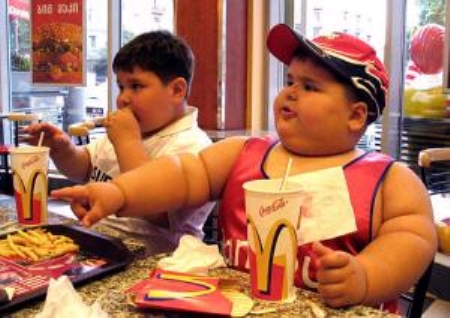
Having a pet helps improve many aspects of your health.
(China Daily) The body of evidence supporting the notion that pet ownership is good for your health grew even fatter this month. A new study, published in Cancer Epidemiology Biomarkers and Prevention, found that keeping animals could cut the risk of developing the relatively common cancer of the immune system, non-Hodgkins lymphoma, by almost one third.
"The idea that pets and good health are associated goes back 20 years or more," says Dr June McNicholas, a psychologist who has researched the relationship between people and their pets. The catalog of health plusses can't all be attributed to regular dog-walking, however.
When a study suggested that people who own pets have better cardiac health, says McNicholas, "one of the significant factors in people recovering well from a heart attack was owning a pet, but it wasn't just dogs. It applied equally to cats." Here are some of the many ways in which pets have been found to strengthen our constitutions.
Pets are good for cardiac health
The Baker Medical Research Institute in Australia studied 6,000 people and found that those who kept animals had lower blood pressure and lower cholesterol - and therefore, a lower risk of heart attack.
Another study, conducted at the University of Minnesota and published earlier this year, concluded that cat owners were 40 percent less likely to suffer a fatal heart attack than people who didn't have a cat. Adnan Qureshi, the neurology professor who led the study of nearly 4,500 people, said he believed that people who stroked their cat experienced less stress and anxiety and therefore were at a lower risk of developing cardiovascular diseases.
Pets boost the immune system
This month, a study by researchers from Stanford University and the University of California found that regular exposure to a cat or a dog could reduce one's chance of developing non-Hodgkins lymphoma. It is thought that exposure to allergens - from cats and dogs - could boost the immune system.
The immune-boosting power of pets is something that McNicholas has also investigated. In 2002, she studied 256 primary school children and found that children aged from 5 to 7 from pet-owning households attended school for three weeks more than those who didn't.
Meanwhile, a study in Japan found that pet owners over the age of 65 made almost a third fewer visits to their doctor than people the same age who didn't have pets.
Dogs can act as a health warning
After 20 years working for the charity, Hearing Dogs for the Deaf, Claire Guest was struck by the story of a colleague whose dog had repeatedly sniffed at a mole on her leg before it was diagnosed as a malignant melanoma. Guest went on to work with researchers at Amersham hospital in Buckinghamshire, UK, to discover whether dogs could be trained to detect bladder cancer in urine samples, and found that they could.
Similarly, in 2006, a cancer research center in California published a study which found that ordinary household dogs could be trained to detect early breast and lung cancer between 88 percent and 97 percent of the time, by sniffing people's breath - it is thought that these particular cancer cells give off miniscule traces of volatile odors that dogs can smell.
The idea is that, once they have worked out which odors dogs are detecting and which cancers emit them, a diagnostic machine can be developed.
Guest also trains dogs to warn owners with Type 1 diabetes of an impending hypoglycaemic, or low blood sugar, episode - they usually alert their owners by jumping up.
Pets help improve self-esteem
"There have been studies that have suggested pet owners are more likely to have higher self-worth and are less likely to suffer loneliness and depression," says Dr Deborah Wells, senior lecturer in psychology at the University of Belfast, Northern Ireland, who has conducted several studies on the benefits of pet ownership. "Dogs seem to bring people the biggest benefits - you have to get out and walk them every day, and they can act as a social catalyst."
Wells says pets are particularly useful for children. "If children are bullied at school, or their parents are getting divorced, children will often tell their pets their problems whereas they wouldn't always talk to a person."
The charity, Pets As Therapy, has been running for 25 years and has 4,000 dogs and 106 cats, which visit 120,000 people in hospitals, hospices, care homes, day-care centers and schools for children with special needs every week.
"We started taking dogs into nursing homes, because elderly people had had to give up their pets when they went in and it was making them depressed and in many cases ill," says Maureen Fennis, the chief executive.
The routine and "normality" of having a pet can help people suffering a traumatic event, such as bereavement or a diagnosis of terminal illness. In one study, McNicholas found that people with animals to care for adjusted far better after the death of someone close than those without pets.
"We live in a society where we do not like to cry in front of people," she adds, "but there are a large number of people who can cry in front of their pets."
The Guardian
Read more!
























































